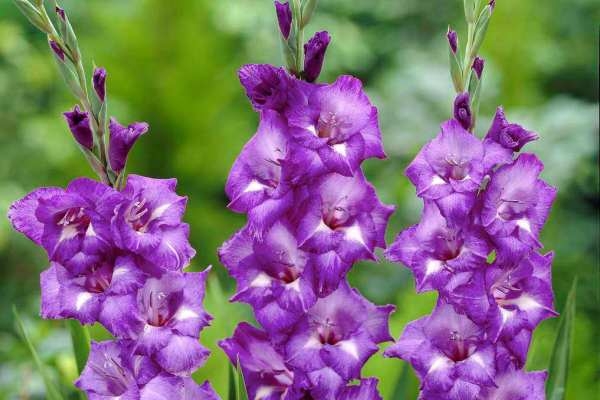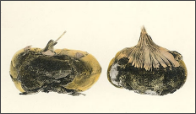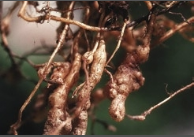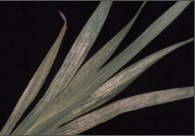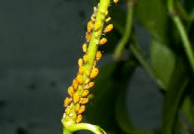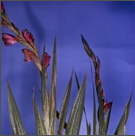General Information
Gladiolus flowers are liked by the people all over the world. It is a perennial flowering plant which has sword shape leaves, funnel shaped perianth and spoon shaped branches. The flowers bloom mainly in the month of October-March. It produces wide range of flower color ranging from pink to reddish, light purple to white, or white to cream or orange to red. Flowers having good keeping quality i.e. it can kept for eight to ten days. It is also used to cure various ailments or diseases such as common cold, diarrhoea, fungal infections, and meningitis and to get relieve from constipation. Punjab, Haryana, Andhra Pradesh, Uttar Pradesh and Maharashtra are the major gladiolus growing states in India.
It is winter season crop but its cultivation is possible throughout the year in mild climate. In Maharashtra because of favorable climatic condition its cultivation is becoming popular. Pune, Nasik and Mahabaleshwar are major gladiolus growing districts of Maharashtra.

